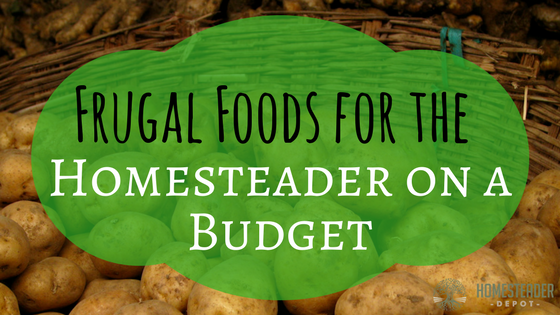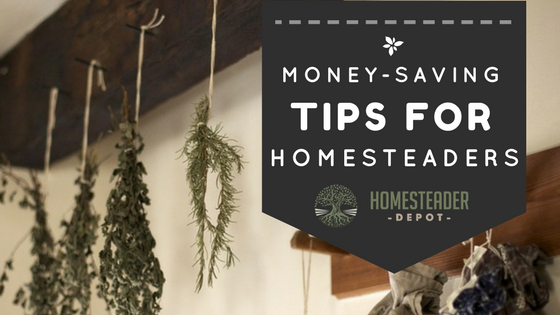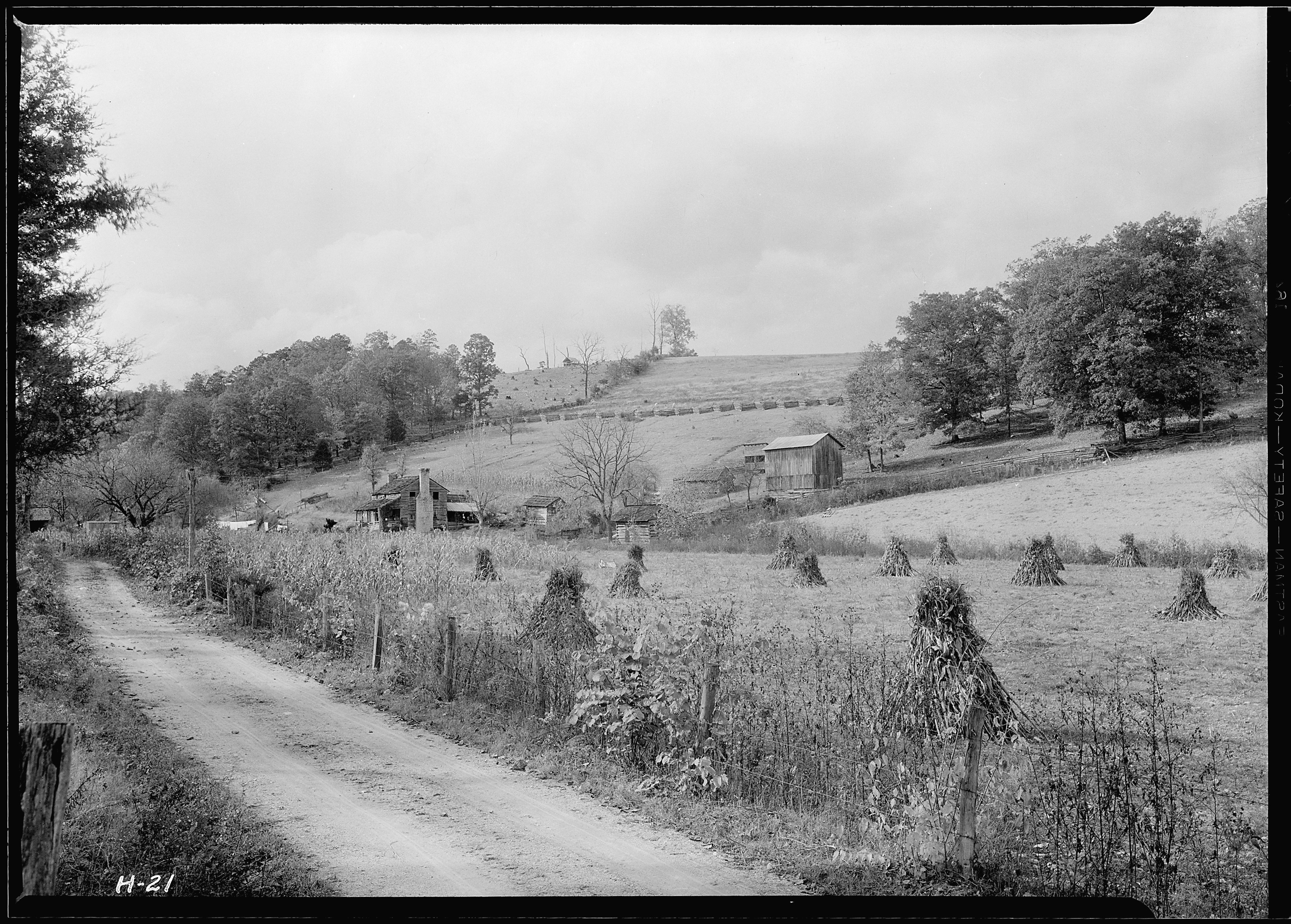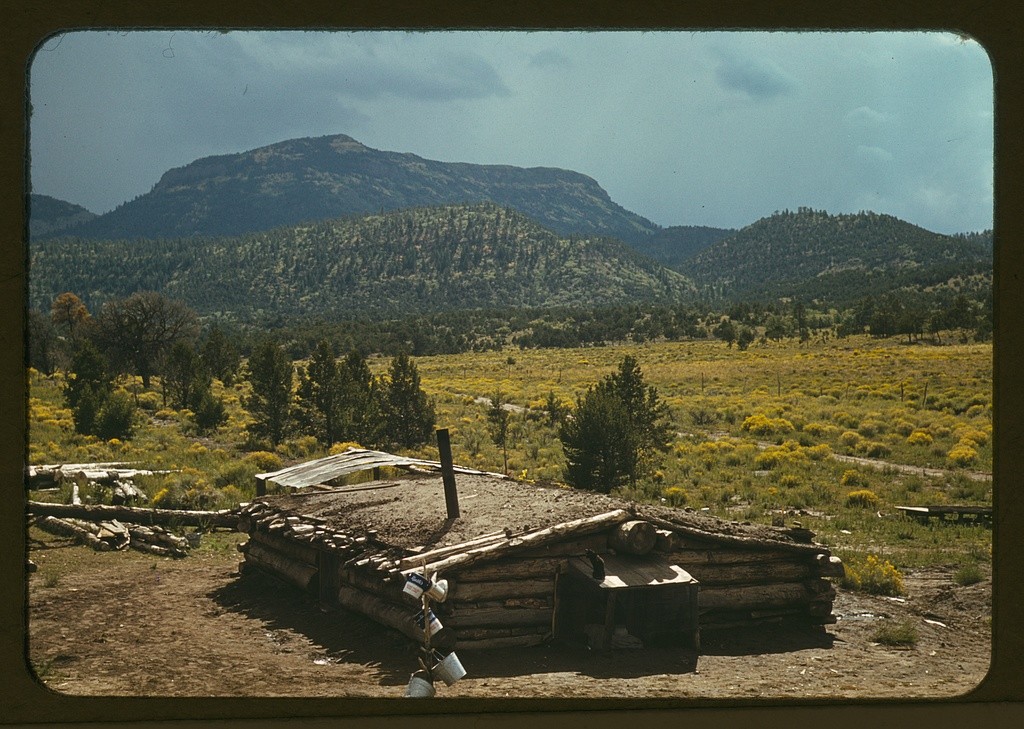Dirt Cheap Foods for Homesteaders
Whether you’re an urban homesteader or full-blown, land-owning, farmer, you have probably come to a time in your life at some point in which you had to keep your budget tight. If you are saving up for land, land development, or simply trying to budget and spend in a smarter way, food is always one … Read more








